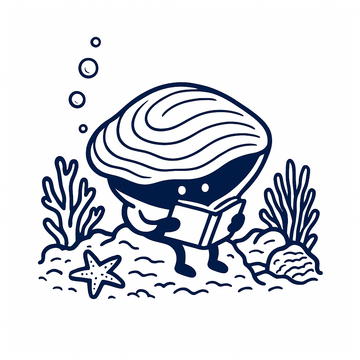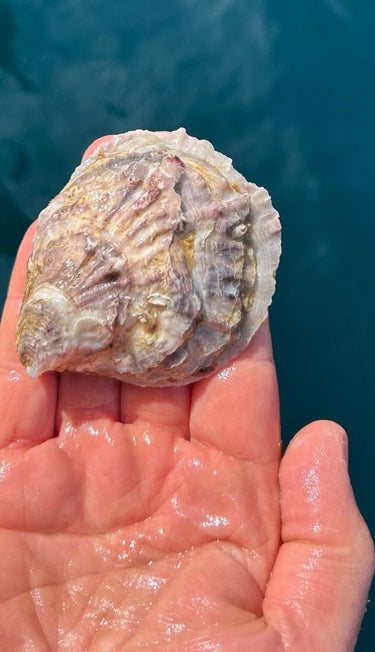HISTORY
Did you know Ostrea edulis is the
original oyster in Europe?
original oyster in Europe?
The flat oyster Ostrea edulis, a native of Europe, has been part of the human diet for many centuries. According to Wikipedia, the fossil record of this species dates back to the Miocene (age range: 15.97 million years ago to present day)...
Unfortunately, its population has declined significantly due to overfishing, disease, and habitat loss. According to FAO, a massive mortality widely struck European flat oyster populations in 1920. Then, two diseases (Marteilia refringens and Bonamia ostrea) spread in the early 1970s and 1980s, drastically reducing the production of Ostrea edulis in almost all European traditional rearing areas.
Today, the production of the European flat oyster is unfortunately scarce, with most oyster producers in Europe focused on the invasive species Pacific cupped oyster (Crassostrea gigas). France is the biggest producer of flat oyster in Europe, with approximately 2,000 tons per year of adult size, concentrated mostly in Brittany, in the bays of Cancale and Quiberon, according to IFREMER. The flat oysters cultivated in Brittany are named “Belon” due to the proximity of the Belon river and enjoy a reputation of excellence.
In Portugal, there is also a long history and tradition of oyster production, and its rich and warmer waters ensure growth and shorter life cycles.


RESTORATION
Flat oyster restoration is needed across Europe,
as to restore its key natural hotspots
as to restore its key natural hotspots
The Oslo-Paris-Commission (OSPAR) included Ostrea edulis on the list of threatened and declining species and habitats. It concluded that “Oyster habitats are hot spots of biodiversity and are vital to the health of the surrounding ecosystem.”...
Flat oyster restoration programs focus on rebuilding the natural populations of the European flat oyster (Ostrea edulis). In many cases, where natural spat settlement is insufficient, introducing hatchery-reared spat is required to kickstart the reef's development.
Several important projects are ongoing, namely NORA in France, Rewilding in Britain, POC in the Netherlands and RESTORE in Germany, funded by the German Federal Agency for Nature Conservation (BfN) and the Alfred Wegener Institute (AWI). The BBC Wildlife magazine covered this environmental topic in the article below.
UNIQUE
Flat oysters from our open-sea farm,
fresh from the Atlantic Ocean.
fresh from the Atlantic Ocean.
Our flat oysters have a unique and intense flavour. This intensive flavour is often described as bold, briny, and mineral-rich, with a velvety aftertaste and a taste of the sea. Their texture is slightly firmer than other oysters....
Flat oysters (Ostrea edulis) are visibly different from the Pacific cupped oyster (Crassostrea gigas). The shells are typically smaller, rounder and flatter, in contrast to the Pacific cupped oyster, which is more elongated and irregularly shaped.
The flat oyster is an Atlantic species, so it naturally fits well with our open-sea farm environment.






